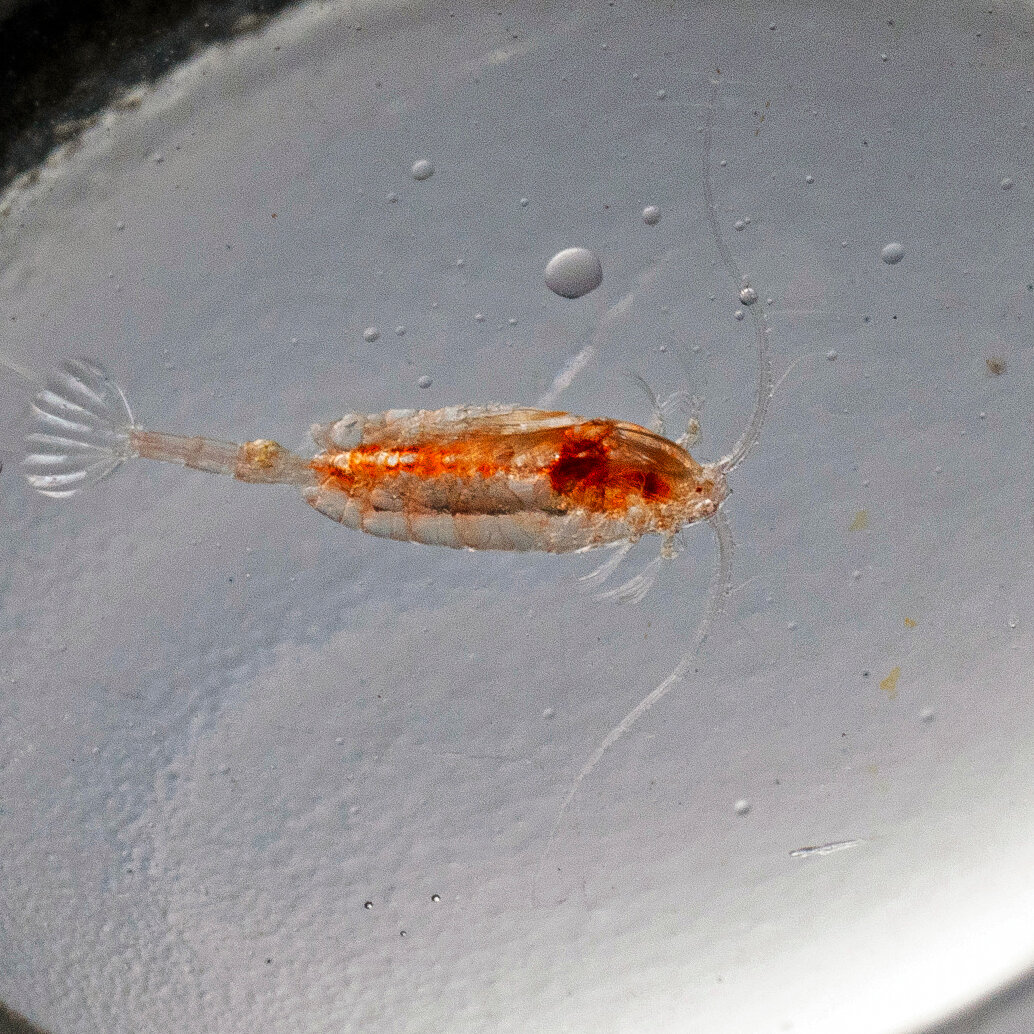Rising Temperatures Are Scrambling the Base of the Ocean Food Web

Sarah Johnson
March 3, 2025
Brief
NASA's PACE satellite is revolutionizing our understanding of plankton, revealing how climate change threatens these crucial organisms and the entire marine food web they support.
Humans are living in a plankton world. These tiny, invisible-to-the-eye organisms blanket the oceans, spanning nearly three-quarters of the planet. They may seem insignificant, but they’re among the most abundant forms of life on Earth—and the foundation of the entire marine food web.
But here’s the kicker: a warming planet is shaking up the plankton party. Rising temperatures are throwing these little guys into chaos, which could cause ripple effects throughout the marine ecosystem. No plankton stability means trouble for everything that depends on them—basically, the whole oceanic food chain. Yikes.
In an effort to better understand this underwater drama, NASA launched a cutting-edge satellite called PACE (Plankton, Aerosol, Cloud, ocean Ecosystem) about a year ago. The satellite provides the most detailed view yet of phytoplankton—tiny plant-like organisms that form the base of the ocean’s food pyramid. Thanks to PACE, scientists are getting an unprecedented look at how these organisms are distributed and how their dynamics are shifting in response to climate change.
Jeremy Werdell, the lead scientist for the PACE program, couldn’t have put it more bluntly: “Do you like breathing? Do you like eating? If your answer is yes for either of them, then you care about phytoplankton.” That’s one way to make an audience perk up, Jeremy.
Before satellites, scientists studying the oceans had to rely on ship-based research, which gave them only fleeting glimpses of what was happening out there. Think of it like flipping through a photo album with half the pictures missing. When satellites arrived, they offered a broader perspective, but even then, the data was a bit murky—like wearing green-tinted glasses while trying to identify flowers in a garden.
Enter PACE, which removes that metaphorical green filter and lets researchers see all the vibrant details. “It’s like seeing all the flowers of the ocean,” said Ivona Cetinic, a NASA oceanographer. And what a garden it is—though one that’s increasingly under threat.
The insights from PACE could be crucial in the fight to understand and, hopefully, mitigate the effects of climate change on our oceans. After all, a world without plankton isn’t just a marine problem—it’s a human problem too.
Topics
Editor's Comments
Honestly, the fact that our entire breathing-and-eating existence hinges on microscopic ocean critters is both fascinating and terrifying. NASA’s PACE program sounds like the superhero we didn’t know we needed—turning the ocean into a colorful flower garden of data. Let’s just hope we’re quick enough to turn those insights into action before the plankton call it quits.
Like this article? Share it with your friends!
If you find this article interesting, feel free to share it with your friends!
Thank you for your support! Sharing is the greatest encouragement for us.



